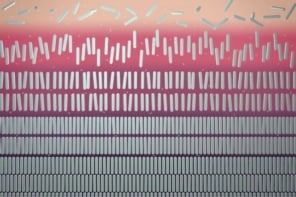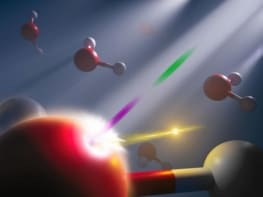Heat something and it gets hotter, right? It isn’t always true. In some cases, it is possible for an object to get colder when it is heated. A system that gets colder when energy is added is said to have a negative heat capacity and it can never come into thermal equilibrium with its surroundings.
Astronomers have long known that an isolated gravitational system, such as a star, has a negative heat capacity: when energy is added it expands and cools. Now Hellmut Haberland and co-workers at the University of Freiburg in Germany have demonstrated a more down-to-earth example. Recently they have shown that an isolated cluster of 147 sodium atoms has a negative heat capacity at its melting point (M Schmidt et al. 2001 Phys. Rev. Lett. 86 1191).
Unusual negative heat capacities demonstrate that phase transitions in small systems are distinctly different from those of the macroscopic objects we are used to seeing in our everyday lives.
In the April issue of Physics World, Martin Jarrold of the Department of Chemistry, Northwestern University, USA, explains how metal clusters and nuclei are providing a unique window into thermodynamics at the nanoscale and will undoubtedly lead to further surprises.



